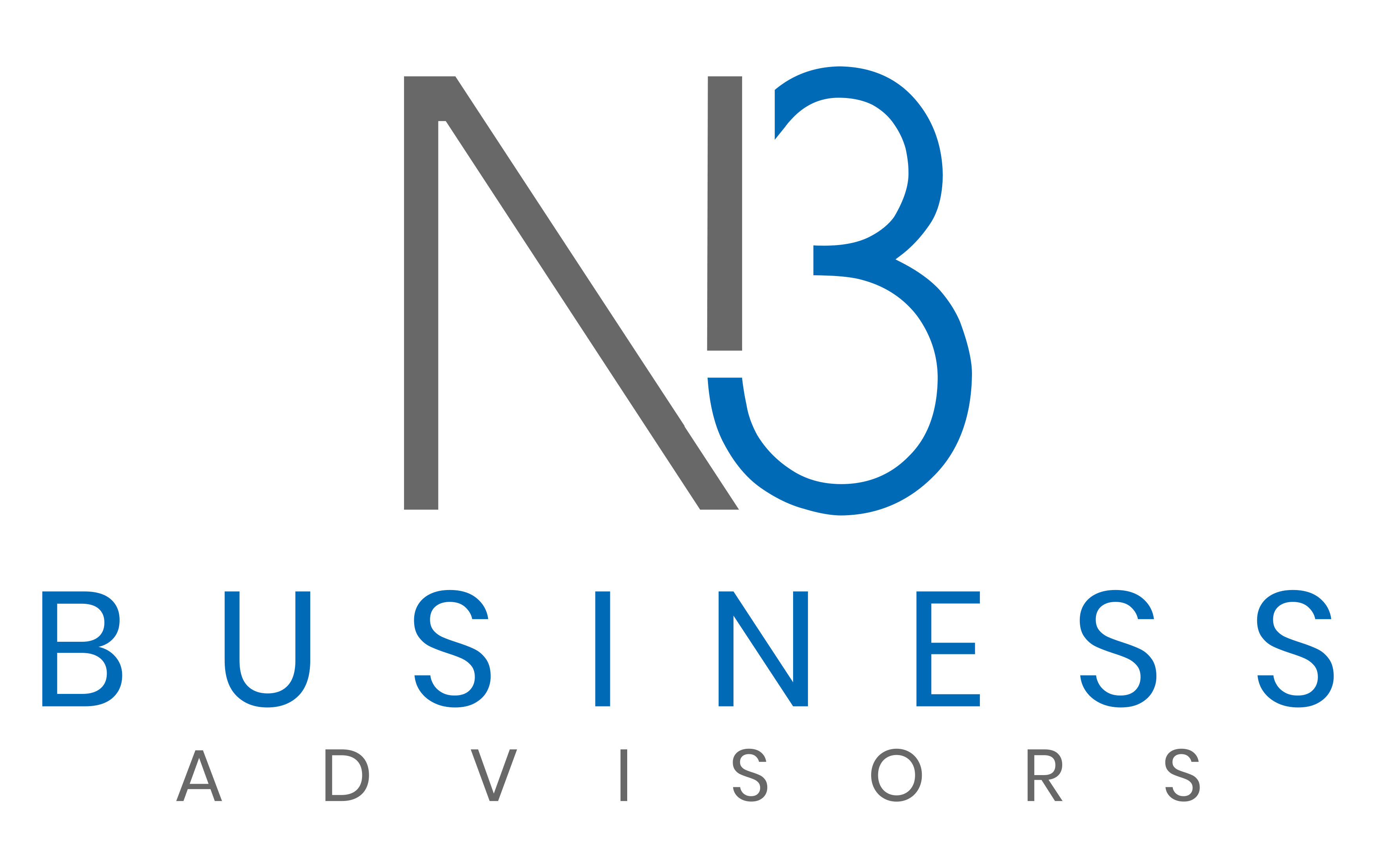Hello, everyone!
Today, I want to dive into a topic that’s not just important for our environment but also presents fantastic opportunities for us as contractors and renovators: Canada’s green building initiatives. With a strong focus on sustainability and energy efficiency, these initiatives are paving the way for a new era in construction. At N3 Business Advisors, I’m excited to explore how we can leverage these opportunities to not only benefit our businesses but also contribute to a healthier planet.
The Growing Demand for Green Buildings
First, let’s talk about the shift in the market. There’s a growing awareness among consumers about the importance of sustainable living. More and more homeowners and businesses are seeking out eco-friendly solutions. This is where we come in. By aligning our services with these green initiatives, we can tap into a market that’s not only expanding but also evolving.
Key trends to consider include:
- Government Support: Canadian governments at all levels are implementing policies and providing funding to encourage green building practices. This support can make projects more feasible and attractive for both us and our clients.
- Consumer Preference: Today’s consumers are more informed than ever. They actively seek sustainable options and are often willing to invest more in green solutions, knowing they’ll save money in the long run.
- Regulatory Changes: New regulations focused on energy efficiency and emissions reductions mean that sustainable practices will soon become a requirement, not just an option.
Understanding Green Building Initiatives
Canada is making strides toward greener construction through various initiatives. These programs are designed to minimize environmental impact while maximizing energy efficiency and sustainability. Here are a few key programs and certifications to keep an eye on:
- LEED Certification: The Leadership in Energy and Environmental Design (LEED) program is a widely recognized green building certification. It focuses on energy savings, water efficiency, and overall environmental quality.
- Net-Zero Building Strategy: This initiative aims for buildings to produce as much energy as they consume. It’s an ambitious goal, but it opens up numerous opportunities for innovative designs and retrofits.
- Greening Government Strategy: The federal government is leading by example, committing to green building practices for all new government buildings. This sets a precedent that will influence the broader market.
How to Capitalize on These Opportunities?
So, how can we as contractors and renovators leverage these green initiatives? Here are some actionable steps:
1. Educate Yourself and Your Team
Knowledge is power! Staying informed about the latest trends in green building practices, technologies, and materials is key. Consider attending industry workshops, webinars, or certification programs to ensure your team is well-versed in sustainable practices. The more knowledgeable you are, the better you can serve your clients and address their concerns.
- Benefit: Knowledge allows you to offer informed recommendations that add value to your projects and build trust with clients.
- Example: N3 Business Advisors can connect you with green building experts to train your staff or provide essential resources.
2. Invest in Sustainable Materials and Practices
One of the most effective ways to embrace green building is by integrating sustainable materials and practices into your projects. This can range from using eco-friendly materials to implementing energy-saving technologies.
Examples of sustainable materials include:
- Bamboo Flooring: A sustainable alternative to hardwood, bamboo grows quickly and regenerates rapidly.
- Recycled Steel: Using recycled steel for framing and structural elements reduces the need for new materials and is often more durable.
- High-Efficiency Windows: These windows improve insulation, reduce heating and cooling costs, and provide long-term energy savings for homeowners.
Moreover, sustainable practices can encompass techniques such as:
- Passive Solar Design: Maximizing natural sunlight to reduce the need for artificial lighting and heating.
- Green Roofs: Installing vegetation on rooftops to insulate buildings and reduce the heat island effect.
3. Market Your Green Services
Once you’ve embraced green building practices, it’s time to let the world know! Marketing your green services is crucial to attracting environmentally conscious clients and establishing yourself as a leader in this growing sector.
Here’s how:
- Create Informative Content: Write articles, blog posts, or case studies explaining the benefits of green building practices. Share your success stories to showcase your expertise.
- Use Social Media: Platforms like Facebook, Instagram, and LinkedIn are excellent for sharing your green projects. Use relevant hashtags like #GreenBuilding and #SustainableConstruction to reach a wider audience.
- Networking: Attend industry events, trade shows, or conferences focused on sustainability and green building. Joining local green building councils can help you build valuable connections that lead to collaborations and new projects.
4. Focus on Energy Efficiency
Energy efficiency is at the core of green building, and there are numerous ways to incorporate it into your projects.
Here are some strategies:
- Energy Audits: Offer energy audit services to identify areas where homeowners or businesses can reduce energy consumption. These audits often lead to renovation projects aimed at improving energy efficiency.
- Smart Home Technology: Integrate smart technologies that optimize energy use, such as smart thermostats, lighting systems, and energy monitoring devices.
- Renewable Energy Options: Offer clients the option to incorporate solar panels, wind turbines, or geothermal heating systems. These renewable energy solutions can drastically reduce a building’s carbon footprint and energy costs.
5. Leverage Government Incentives
Both federal and provincial governments offer various incentives and rebates for green building projects. As contractors, you can help your clients access these incentives, making sustainable renovations more affordable.
- Example: Programs like the Canada Greener Homes Grant provide funding for energy-efficient upgrades, making it easier for clients to invest in green renovations.
- Benefit: Highlighting these incentives can help you close more deals by reducing the financial barrier for clients.
Overcoming Common Challenges
While the shift toward green building is exciting, it’s not without its challenges. Some clients may be hesitant to invest in sustainable upgrades due to the upfront costs, while others might not fully understand the long-term benefits.
Here’s how to overcome these hurdles:
1. Provide Clear ROI
One of the most effective ways to convince clients to invest in green building is by showing them the clear return on investment (ROI). Sustainable buildings often lead to lower utility bills, increased property value, and better indoor air quality, all of which can result in long-term financial benefits.
- Example: Compare the costs of installing traditional insulation versus high-efficiency insulation, and demonstrate the potential energy savings over time.
- Benefit: Providing data-driven insights helps clients see the financial advantages of green upgrades.
2. Offer Financing Options
Green building upgrades can come with a higher upfront cost, but offering financing options can make them more accessible to clients. Partnering with financial institutions to provide affordable financing for green renovations can increase your conversion rates.
- Example: Work with local banks to create financing packages specifically for energy-efficient renovations or renewable energy installations.
- Benefit: Clients are more likely to commit to larger projects if they can spread the costs over time.
3. Educate Your Clients
Sometimes, clients may hesitate simply because they don’t understand the benefits of green building. Take the time to educate them about the advantages of sustainable design, energy efficiency, and renewable energy solutions.
- Example: Offer free consultations where you explain the environmental and financial benefits of green building practices.
- Benefit: Educated clients are more likely to invest in long-term sustainable solutions, boosting your business.
The Future of Green Building in Canada
The future of Canada’s construction industry is undeniably green. As consumers, businesses, and governments continue to prioritize sustainability, the demand for eco-friendly construction will only grow. As contractors and renovators, we are in a unique position to lead this transition.
Key trends that will shape the future of green building include:
- Net-Zero Homes: As energy efficiency standards tighten, more homes will be designed to produce as much energy as they consume, creating new opportunities for contractors with expertise in this area.
- Sustainable Materials Innovation: Advances in material science will lead to new, eco-friendly products that can replace traditional building materials.
- Smart Cities and Infrastructure: As cities become “smarter,” contractors will play a crucial role in developing green infrastructure that reduces energy consumption and promotes sustainable urban living.
Conclusion
Canada’s green building initiatives present a wealth of opportunities for contractors and renovators. By embracing these practices, we can not only enhance our businesses but also contribute to a more sustainable future for our communities and the planet. Green building is not just a trend; it’s the future of construction.
At N3 Business Advisors, we’re committed to helping you navigate these exciting changes in our industry. By focusing on education, energy efficiency, sustainable materials, and strategic marketing, you can position your business as a leader in the green building revolution.
So, what steps are you planning to take toward sustainable building practices? Let’s discuss and learn from each other!
Disclaimer:
Any information provided here is for informational purposes only. It should not be considered as legal, accounting, or tax advice. Prior to making any decisions, it’s the responsibility of the reader to consult their accountant and lawyer. N3 Business Advisors and its representatives disclaim any responsibilities for actions taken by the reader without appropriate professional consultation.

